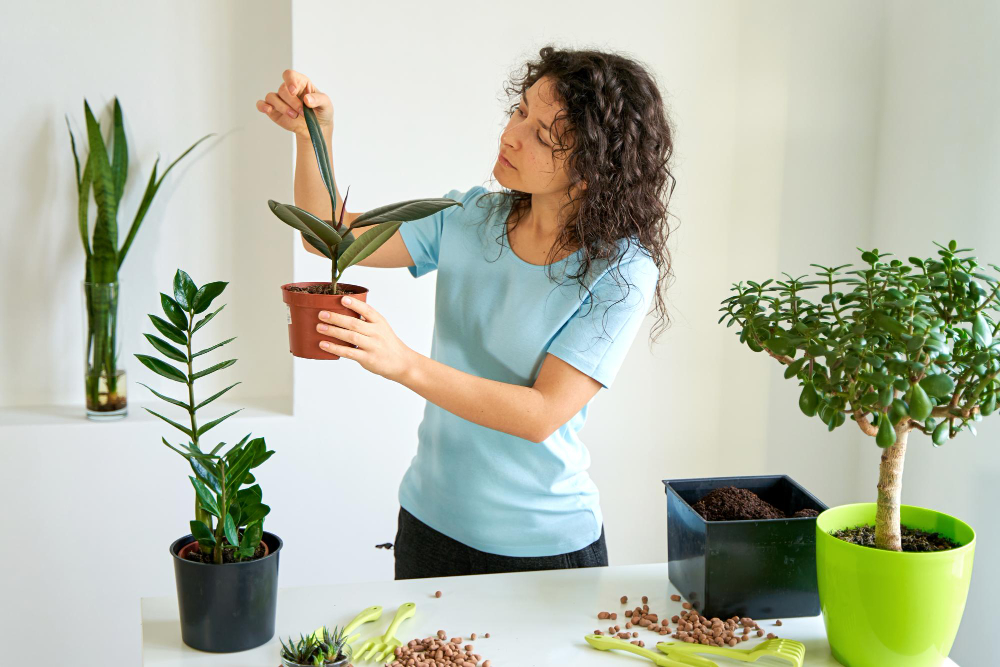

As the seasons change, outdoor plants may need to be brought indoors to protect them from harsh weather conditions. But transitioning them from outside to inside can be a bit tricky, especially if you're used to garden maintenance and don't have much experience taking care of indoor plants. In this blog post, we'll cover everything you need to know about caring for outdoor plants indoors, so you can keep them healthy and thriving all year long.
The first step to caring for your outdoor plants indoors is to choose the right spot for them. Ideally, you want to find a spot that receives plenty of natural light, but not too much direct sunlight. In most cases, indoor plants do best in east or west-facing windows, where they can receive plenty of indirect sunlight. If your windows don't get enough natural light, you can supplement with artificial grow lights to help keep your plants healthy.
When you move your outdoor plants indoors, you'll need to adjust your watering routine to accommodate the new environment. Most indoor plants require less water than outdoor plants, so you'll want to make sure you're not overwatering them. Check the soil moisture regularly and only water when the top inch of soil is dry. Be sure to also adjust your fertilizer schedule, as indoor plants typically need less fertilizer than outdoor plants.
Indoor plants are susceptible to pests and diseases just like outdoor plants. To keep your plants healthy, it's important to regularly inspect them for signs of infestation or disease. Common houseplant pests include spider mites, whitefly, and mealybugs, while common diseases include root rot and powdery mildew. If you notice any signs of pests or disease, treat them immediately to prevent it from spreading to other plants.
Most outdoor plants are used to higher levels of humidity than indoor plants. To keep your plants healthy, you may need to increase the humidity in your home. This can be done by using a humidifier or by grouping your plants closer together to create a microclimate. You can also mist your plants regularly to help increase humidity around them. Just be sure not to mist too frequently or you could risk overwatering your plants.
When it's time to move your plants back outside, you'll need to take care to transition them slowly. Sudden changes in temperature, light, or humidity can shock your plants and cause them to wilt or even die. Start by leaving your plants outside for a few hours a day, gradually increasing their exposure over the course of several days or weeks.
Caring for outdoor plants indoors can be challenging, especially if you're new to gardening or indoor plants. By choosing the right spot for your plants, adjusting your watering routine, keeping an eye out for pests and disease, increasing humidity, and transitioning your plants back outside slowly, you can keep your plants healthy and thriving all year long. Remember to check the soil moisture regularly, inspect your plants for signs of infestation or disease, and only fertilize when needed. With a little bit of TLC, your outdoor plants can thrive indoors, adding greenery and beauty to your home all year long. If you're looking for apartments in Gainesville, FL, contact The Mayfair Apartments today to schedule a personal tour.